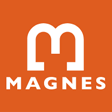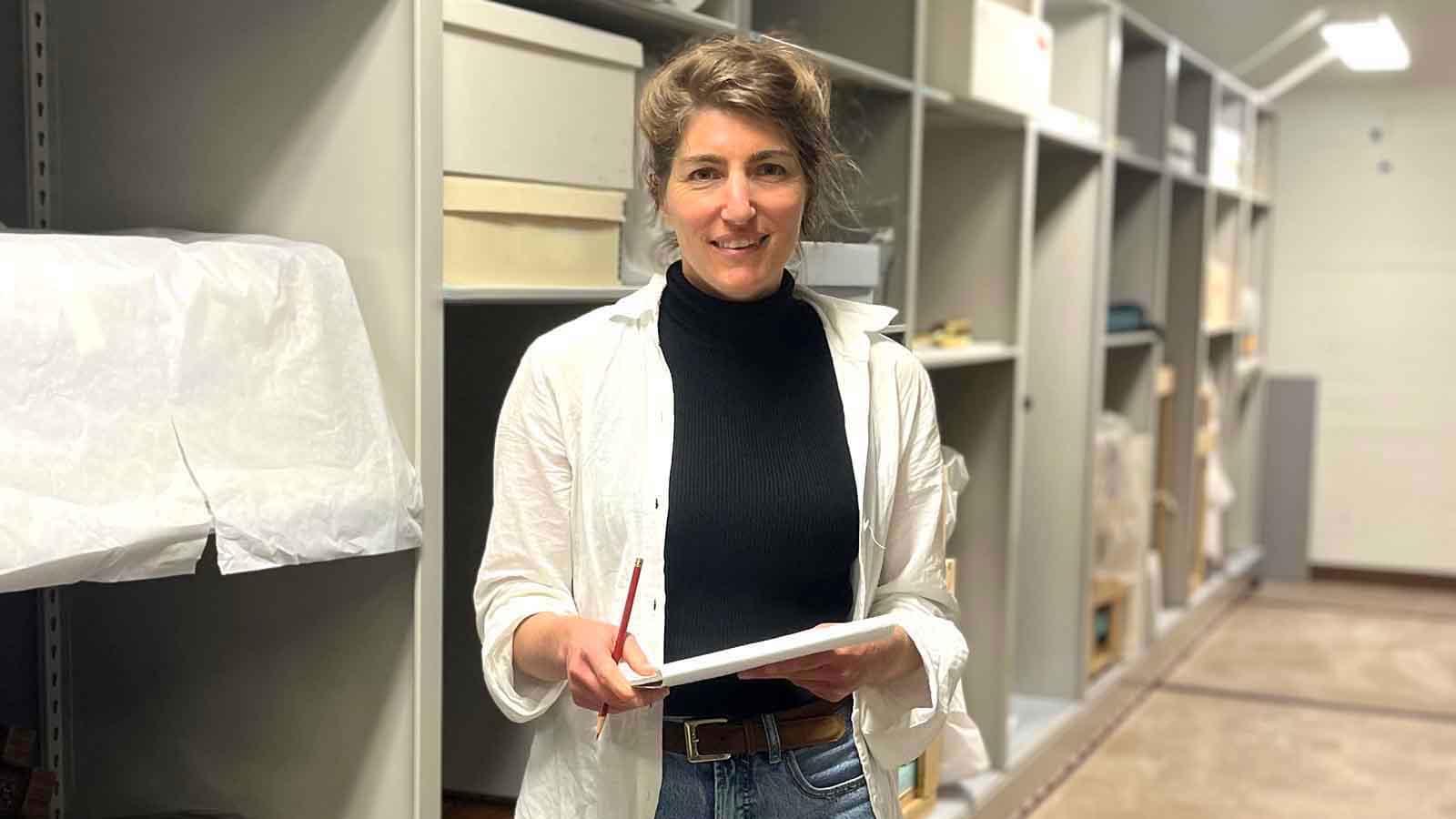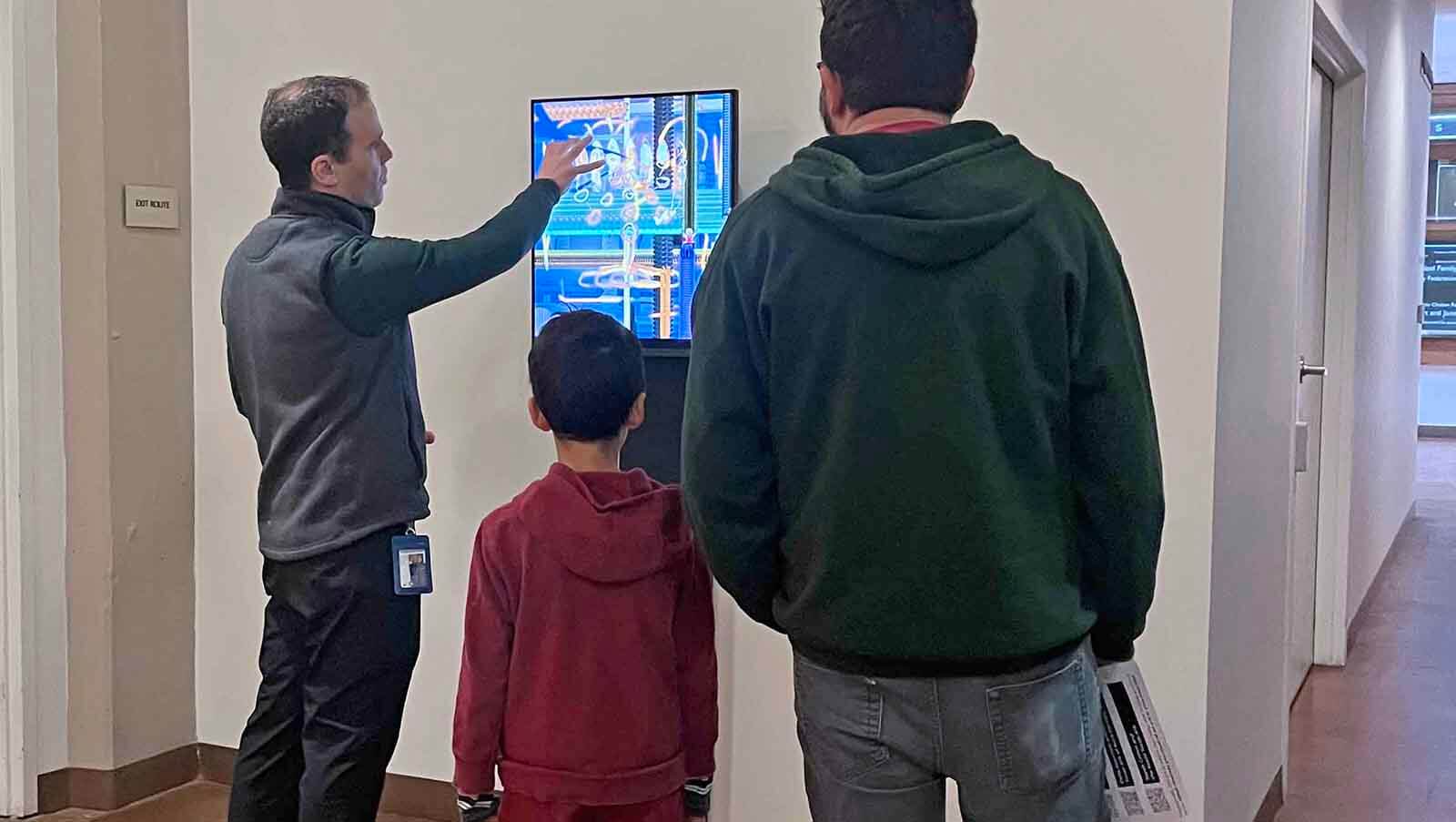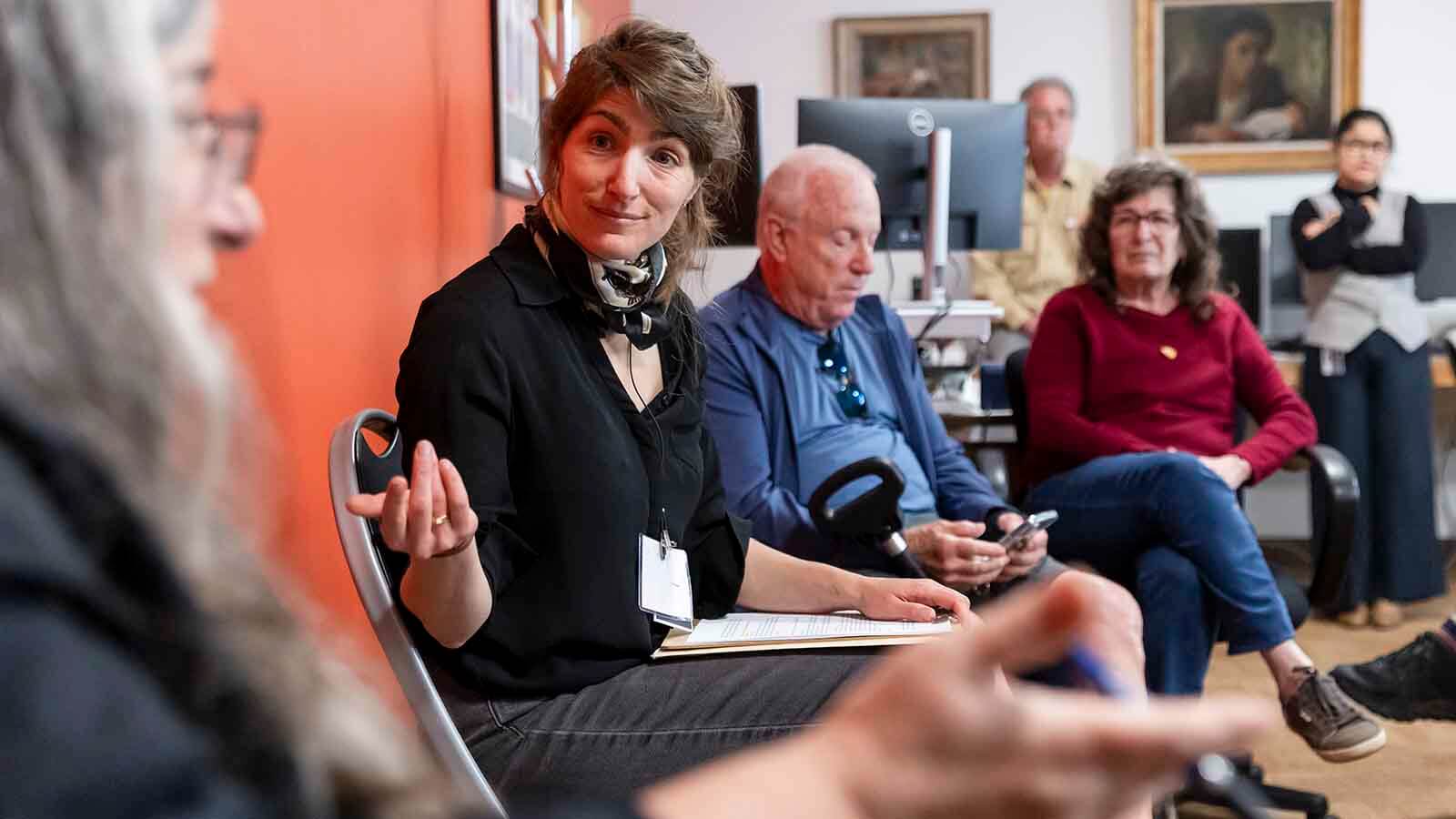News
Meet the Magnes’s New Associate Curator
July 8, 2024
The Magnes is thrilled to introduce the newest member of the museum’s staff, Achinoam Aldouby.
With academic and museum experience steeped in Jewish arts and culture, Achi’s research explores aspects of collective memory, focusing on theatrical adaptations of Jewish history, rituals, and canonical texts to track the ongoing formation of identities, communities, and culture.
We sat down with Achi and asked her to share a little bit about herself and her background as she steps into her new role as part of our expanded Collections Team.
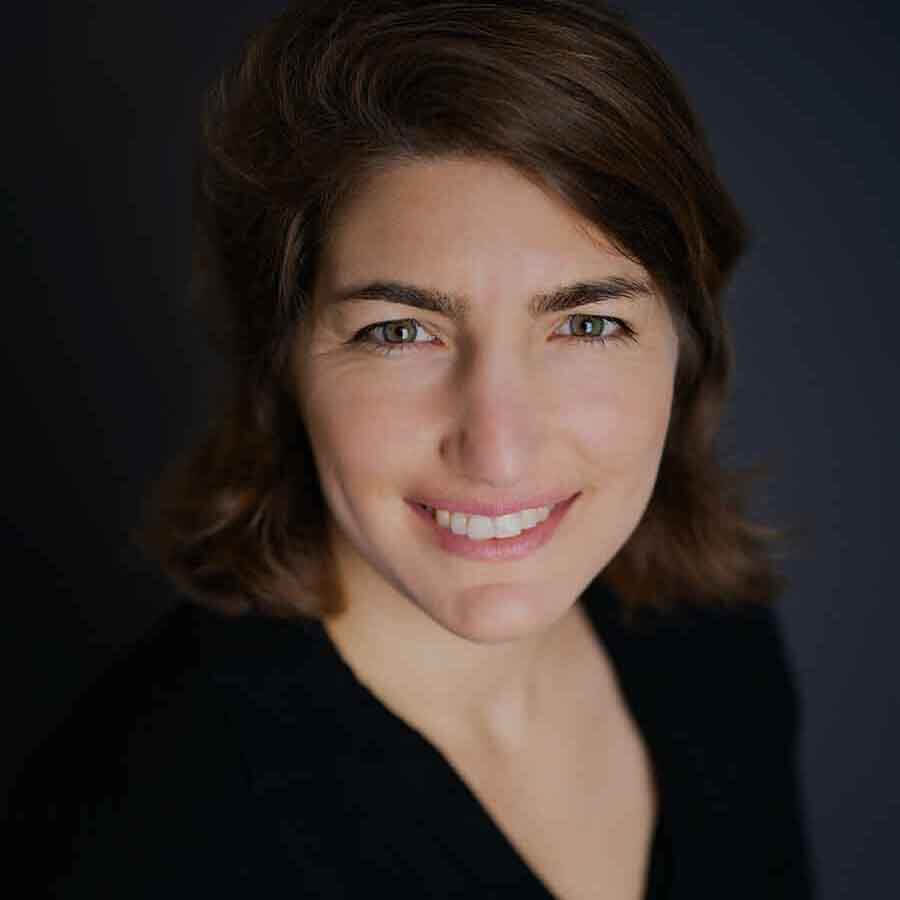
Achinoam Aldouby
Associate Curator
Magnes Collection of Jewish Art and Life
As you step into your new role at the Magnes, what are you most excited about?
Merging my love of people and ideas! I am passionate about aggregating knowledge and translating it into an engaging experience. The Magnes holds diverse artifacts and serves various audiences. I am in awe of the magnificent collection—all the pieces of knowledge, paths, and understanding that are being preserved and presented in material objects and people’s experiences. As a research center at UC Berkeley, the museum serves as a precious point of overlap for public and academic, local and international communities. In the face of this richness, conversations cannot be driven by dichotomies and polarization. Instead, the Magnes encourages us to seriously learn the layers of connections and relationships. I feel a deep sense of responsibility and see an opportunity to create nuanced and knowledgeable discussions about identities and belonging.
What past experience do you think will be especially helpful?
My academic path is woven with extensive cultural and educational experience working in various museums, cultural organizations, and education programs both in Israel and in the US. The work I do is motivated by the exploration of Jewish history, texts and rituals, with a special interest in tracking the ongoing formation of community, tradition and culture. I am passionate about creating spaces for people to come together, expand their perspectives, and explore their connections to different aspects of their identity and surroundings.
During my time at the Tower of David Museum, the historical museum of Jerusalem, I led and wrote the museum’s content and played a central role in designing the visitor experience. The museum encapsulates the rich past and present of one of the oldest and most complex cities in the world. Given the significance of the museum, I created programs that emphasized facts and primary resources while being mindful of the languages and terms that attend to various beliefs and customs tied to this place. While there I expanded the museum’s outreach beyond its walls both in open spaces and digitally. I updated the museum’s audio tour; created online and on-site games for adults, children, and families; and produced cultural events.
Which aspects of the collection are you most looking forward to diving into?
When I view objects or still images, I immediately imagine the context in which they were used or the live, dynamic situations that these still moments capture. In that sense, ritual objects from across the Global Jewish Diaspora and the Roman Vishniac Archive fascinate me. I am curious to delve into Vishniac’s archive: to uncover the contexts of these recorded moments, to learn more about his lesser known work, to find the stories behind each image, and to process the collection to make it accessible to everyone.
The museum’s collection as a whole holds meaningful personal significance for me. My mother’s family is from Djerba, an island near Tunisia and home to an ancient (and very proud!) Jewish community. My father’s side has roots in Israel, Poland, and the US. I grew up immersed in rich traditions: costumes, food, and songs that my parents were sure to merge from both sides. I’m curious to learn more about these communities—both sides of my family, and myself. To preserve and present the uniqueness of each tradition alongside the meeting points, connections, and overlaps of trends that developed in Jewish communities across time and space. This balance of uniqueness and interconnectedness is what makes the collection so fascinating and vital.
Do you have a favorite object in the collection yet?
My favorite? Any artifact that makes me pause, observe, become aware, reflect, think, and feel a sense of unease, as if there’s a secret to uncover or a lesson to learn. This can happen anywhere—in museums, on the street, or in nature. Within these options, I love museums because they create a space designed to provoke this kind of observation. They encourage me to take the time to look deeply, find meanings, and make connections. In historical and ethnic museums, I particularly enjoy the interplay of differences—the multitude of stories that can be told just by staging objects and people in the same room.
What do you like to do when you are not working?
I have a deep love for the outdoors—biking, backpacking, and skiing. The forests and mountains are where I feel most at home. At the same time, I love cities. To wander through small alleys, get lost in long streets, and discover unexpected places and surprising individuals. Besides that, a good book, hot water with lemon – That’s it.
Latest News
Keep Up-To-Date
